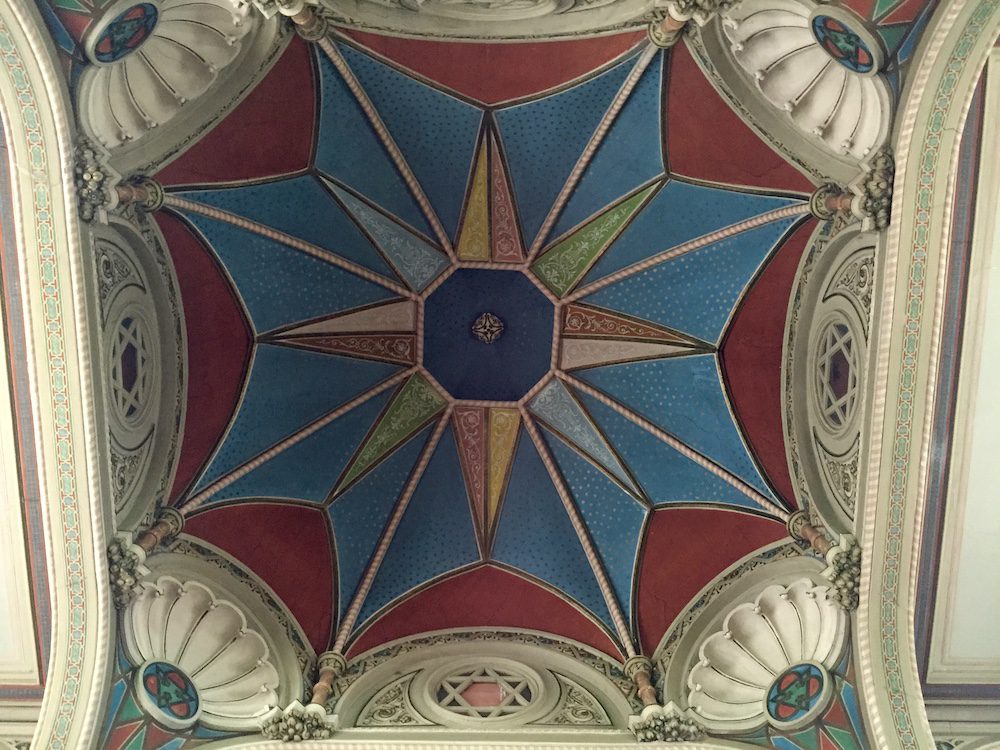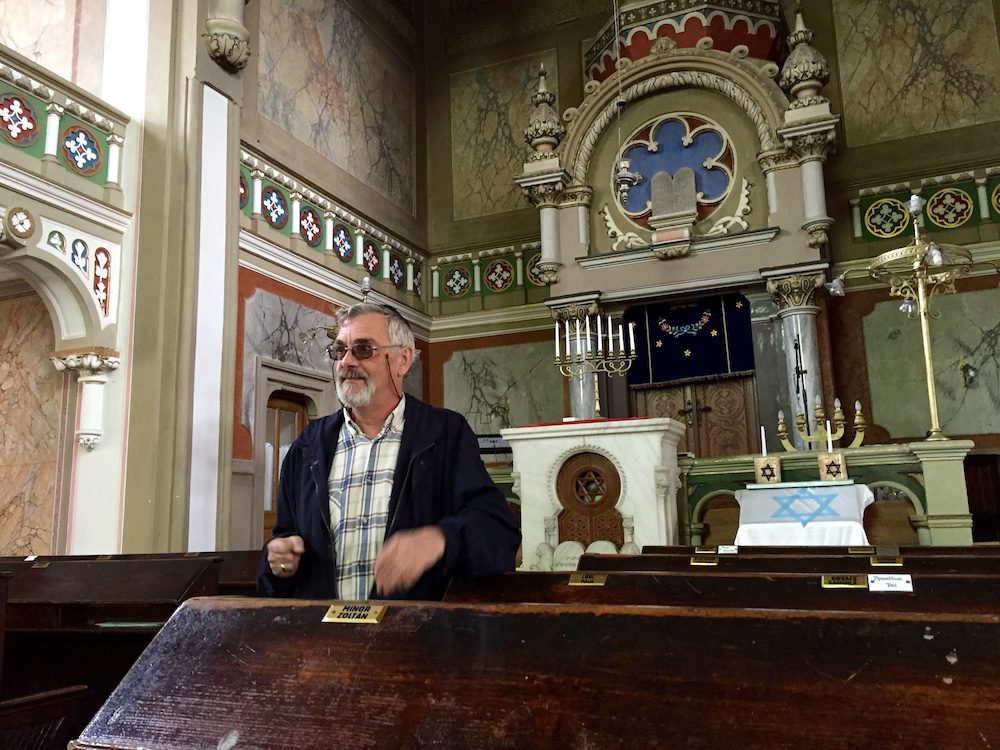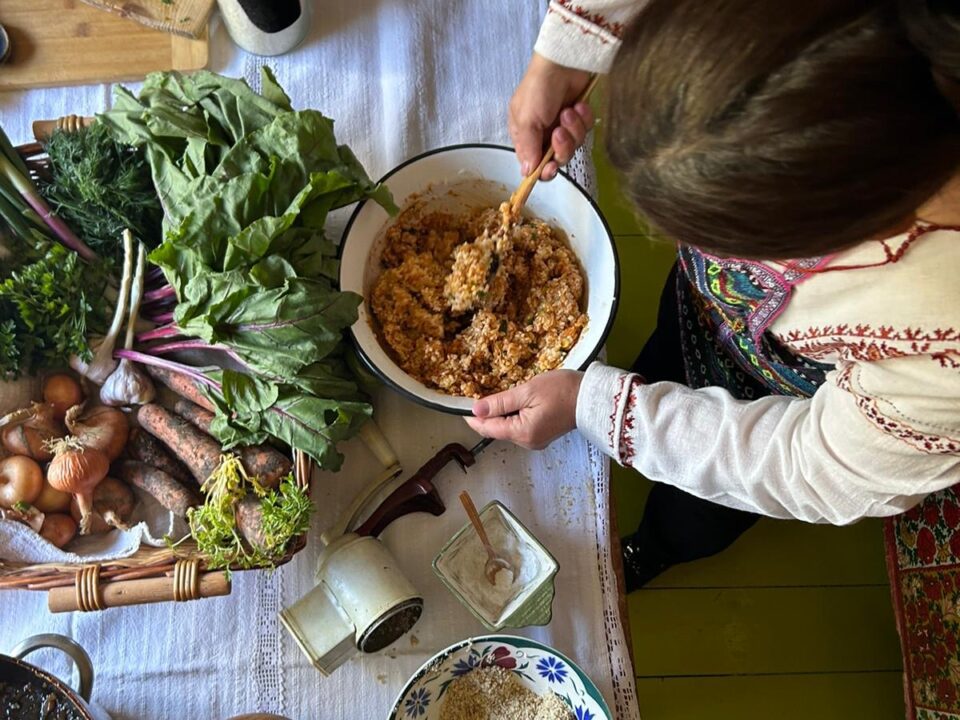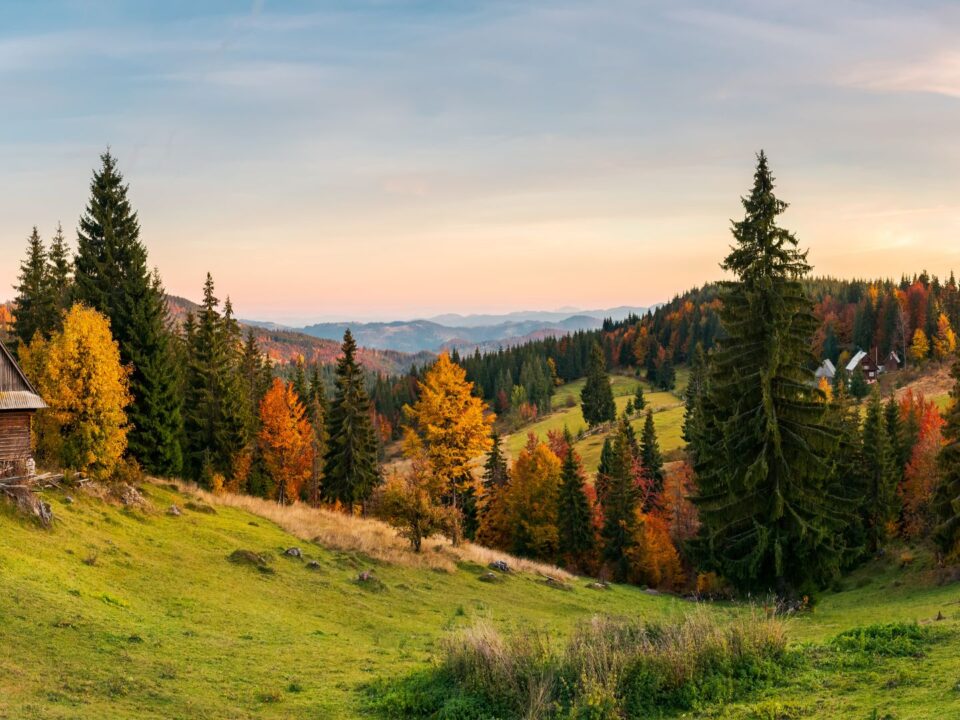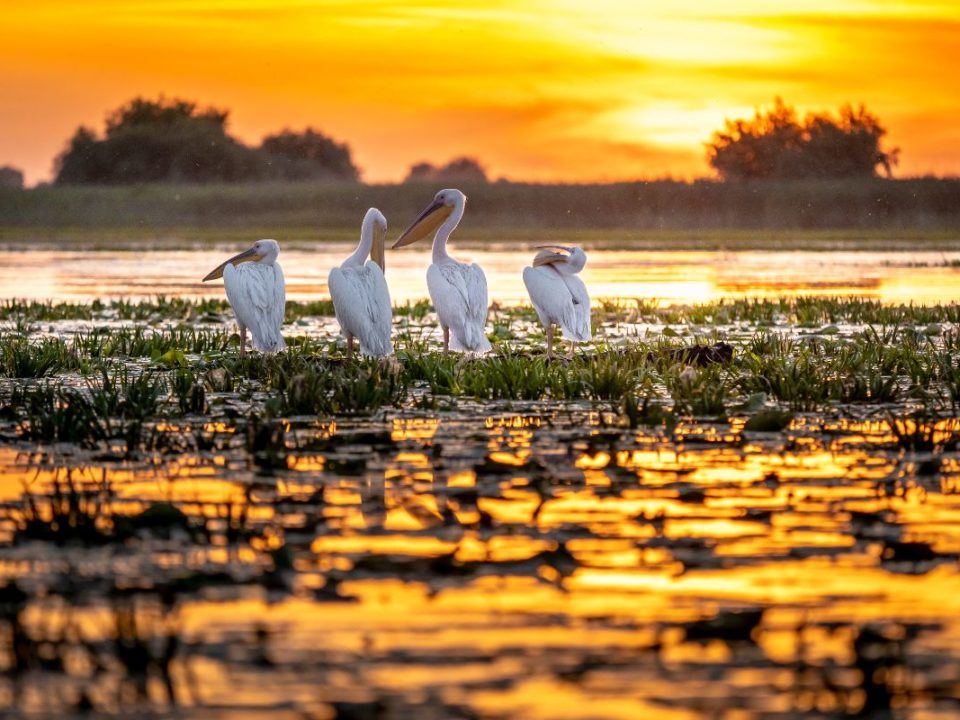
Beyond Dracula – The Chatelaine List
November 15, 2021
The Road To Targu Mures IV
January 26, 2022Part Three: STATUS QUO ANTE!
Heritage tourism is attracting more and more people. They are looking for authentic experiences in the places they visit, and more often, to immerse themselves in the culture and history of their own past. The ancestry boom is helping countries preserve and digitise their records. With the help of Romanian travel agency Beyond Dracula, a twenty-five-year search for a missing grandfather led British-Lebanese filmmaker Mouna Mounayer to a synagogue in Transylvania, where the first clues to the history of her ancestors were finally revealed.
Use these links if you missed part 1 and part 2 of this series.
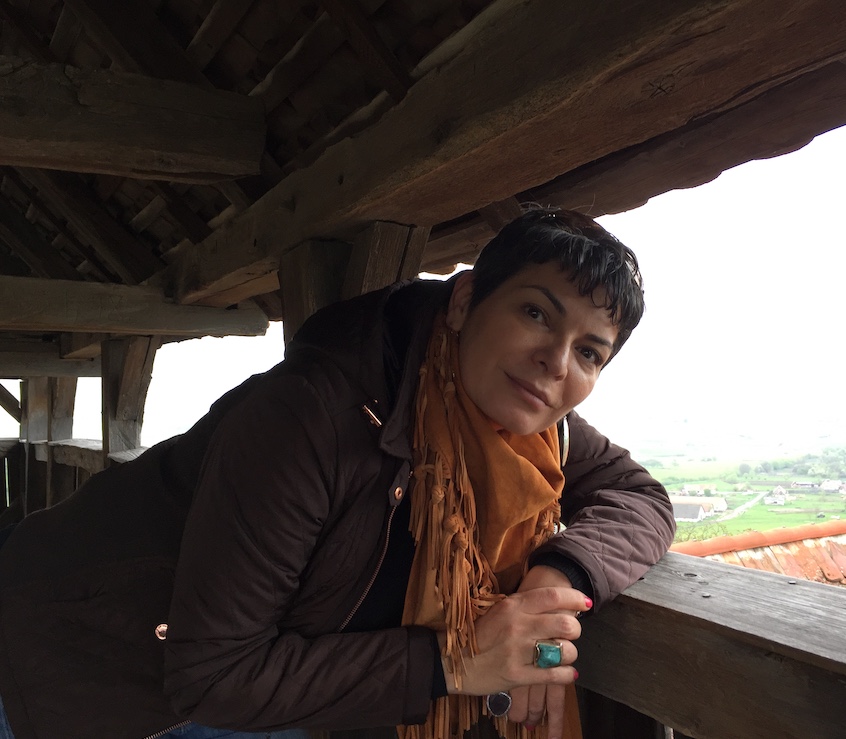
Exhausted and disappointed after spending the morning chasing the lady at the records office, who’d promised and failed to show me documents relating to my grandfather, George W, I entered the Status Quo Ante Synagogue in Targu Mures to the beaming smiles of my family. My mother, sister, best friend and Raluca, CEO of Beyond Dracula, had been waiting for hours, but not needlessly. They’d found George! He was here!
George W made his grand if somewhat belated entrance into my life thirty-years ago. A conversation with a cousin had revealed that the man I thought was my grandfather wasn’t. It was a shock. As an archaeologist and documentary filmmaker obsessed with research and digging up the past, I prided myself on knowing my ancestors, where they came from, and what they had done in their lives.
On my British mother’s side, I come from a line of Scottish and Irish reprobate adventurers who turned respectable in the India of the Raj. My Anglo-Indian grandmother, Kay, used to entertain my sister and me with anecdotes of our family’s life in India. She regaled us with her father’s exploits in the British-Indian army, like the time he fought under Lord Kitchener in Khartoum or was taken prisoner by the Germans in Ladysmith, South Africa.
On my Lebanese father’s side, my great-great-grandfather, in a fit of Christian zeal, sold his estates in Egypt and settled in Jerusalem, to be closer to his God. His son, my great grandfather, moved to Lebanon and married three Lebanese women; one of whom disappeared under mysterious circumstances, one of whom died on the eve of the Great War, and one who was my great grandmother. I am descended from Egyptian, Lebanese and Palestinian God-fearing stock mixed with British reprobate turned God-fearing Anglo-Indian stock. That’s me, a genetic mishmash. I know who I am and where I come from. And then, one day, an interloper rearranged my family tree, bringing with him the Austro-Hungarian Empire, the Nazis, and the Holocaust. He turned all I thought I knew about my family upside down.
My devout Roman Catholic grandmother, Kay, and George W had an affair in India when such things were taboo. It was war, and she was starved of love, or so she said. My grandmother told me he was Austrian. Then I discovered a ship’s passenger manifest that said he was born in Maros Vasarhely, Hungary. So, I was not part Austrian; I was part Hungarian. An internet-search for Maros Vasarhely revealed it had changed its name to Targu Mures, a town in the centre of Transylvania. So, I was not Austrian and not Hungarian. I was part Romanian. In looking for George, I had donned and discarded several central and eastern European nationalities. The more I looked for George, the farther away he seemed, until finding the truth about him became an obsession.
And now here I was in a synagogue in the middle of Dracula country waiting for a Rabbi. Not only was I part Romanian, but it seemed more and more likely that I was also part Jewish. As surreal moments go, it was, as our American brethren would say, a doozy!

Before the Rabbi opened the great leather-bound book he’d brought with him, he asked if we wanted to know the status quo ante bellum of the Jewish community. For once in my life, I wasn’t sure I wanted to hear this particular story. It didn’t have a happy ending.
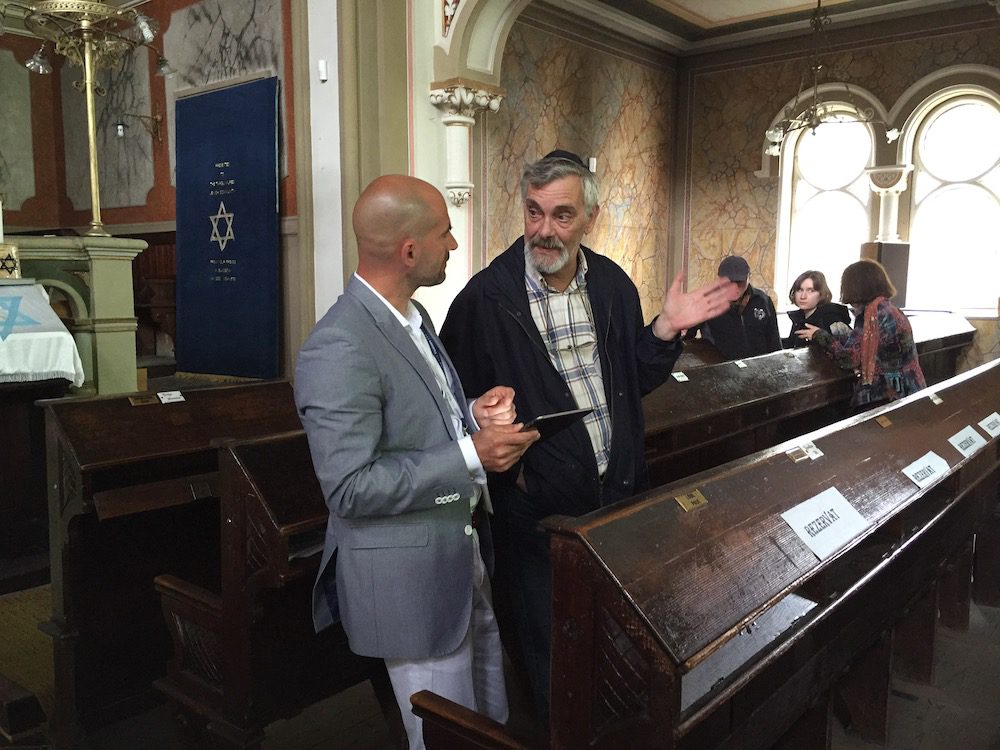
Of the 5000 families living in Targu Mures before WWII, only three people survived. The Nazis took most of the families to Auschwitz and, of those who had endured and returned; the Russians shipped to the Siberian labour camps. Looking up at the eight-pointed star in the centre of the synagogue’s cupola, I tried to concentrate on the Rabbi’s tale as my gut churned. I was happy that at last I was sitting in a place where my grandfather and his family must have sat when they lived here. Though it was heart wrenching to realise that I, who had never shown more than a scholarly interest in the history of European Jewry, was now intrinsically connected to that complicated past. Stunned silence followed as my family digested the Rabbi’s words. Then, I heard sniffling. Everyone, including the Rabbi, was crying.
Taking pity on us, the Rabbi finally opened the synagogue’s record book. And there, floating into focus through my tears, was the name George. He was born in the early 1900s to a Heinrich and his wife Jenny. Both my great grandparents were Austrian subjects. So, I was not Romanian after all. In a flash, I’d reverted to being part Austrian. Alas, three names in an old book were all the Rabbi had. He didn’t know of the family and didn’t think any descendants had survived. Nevertheless, it was more than I had found in 25 years of looking. We left the synagogue quietly, each lost in thought. How did George escape the hell of Auschwitz and the Siberian labour camps and end up in India? Would my great grandparents be the turning point I’d been looking for?
My journey in Romania to find the birthplace of my grandfather had been successful. I was armed with two new names to add to my family tree, and knowing them brought me luck. A few months later, the British National Archives file on George was unsealed. He had been a prisoner, but not of the Nazis or the Russians.
Join us next time for the last part of The Road To Targu Mures.
If you have similar stories, we’d love to know them.

